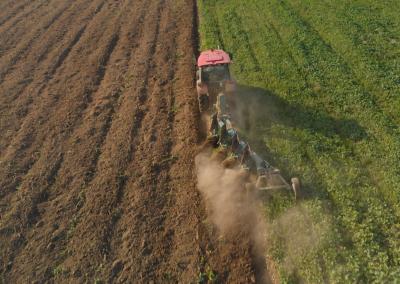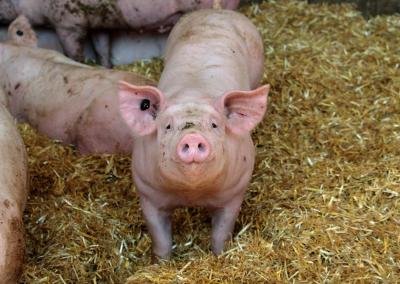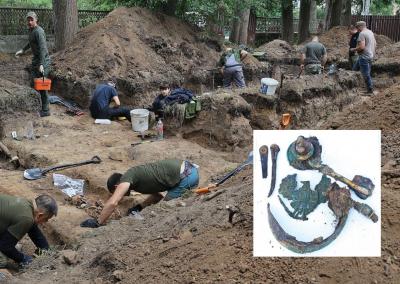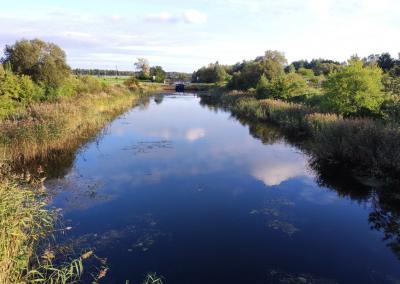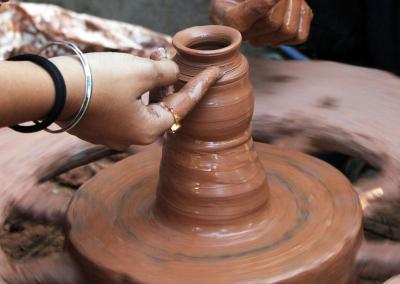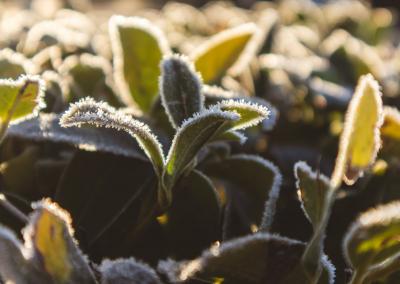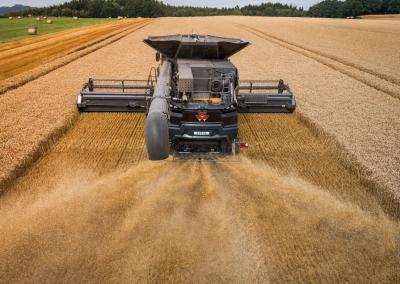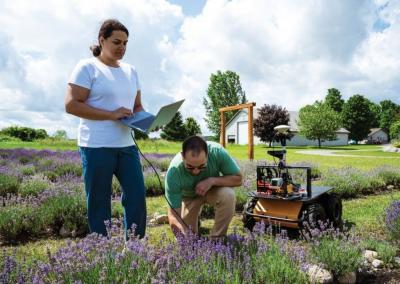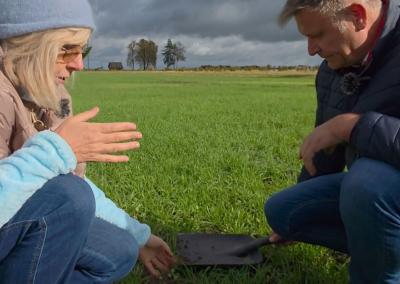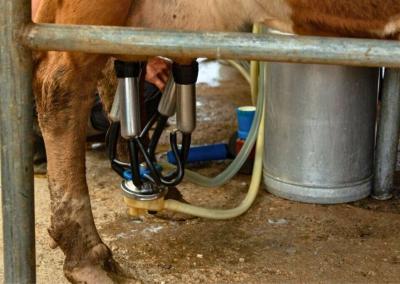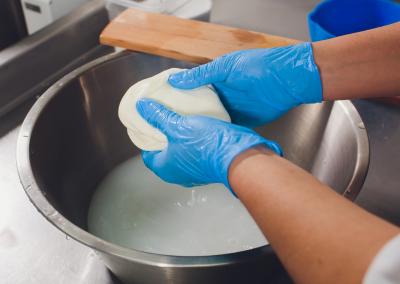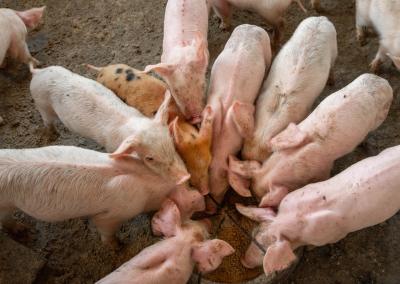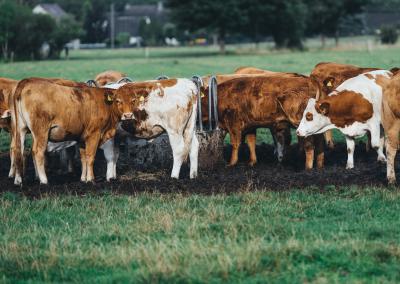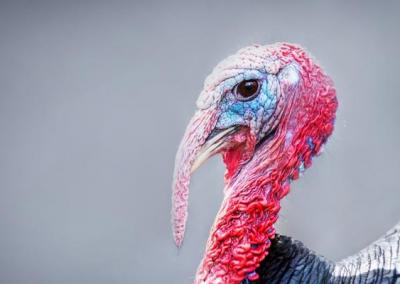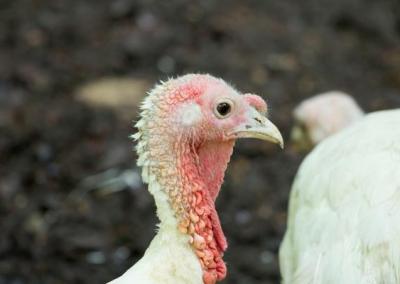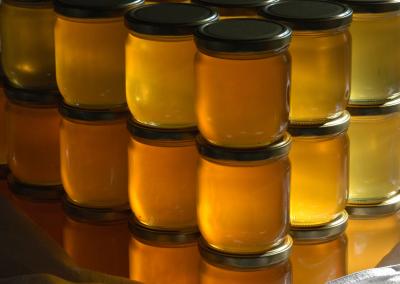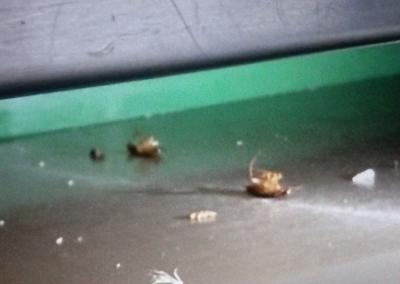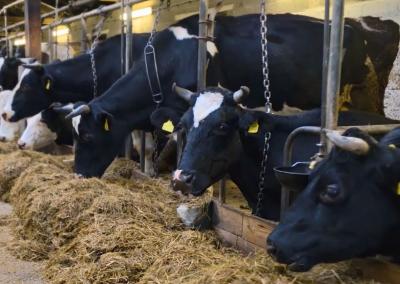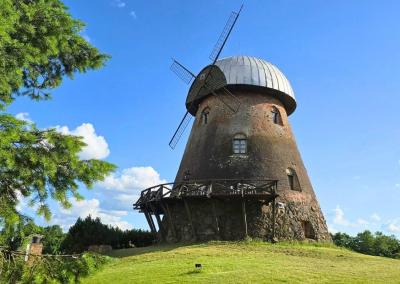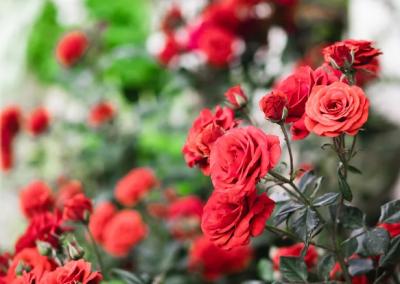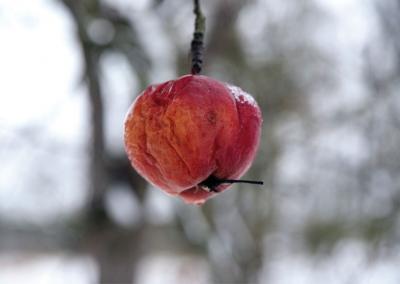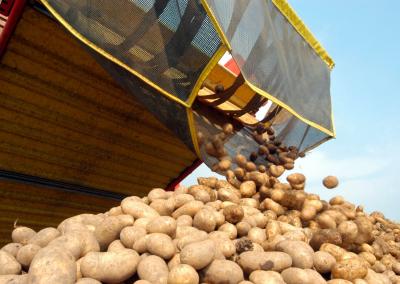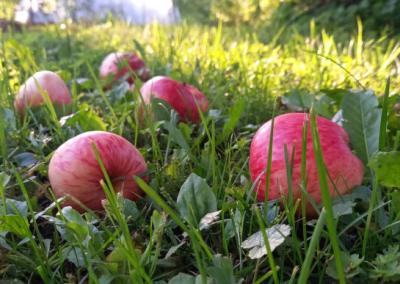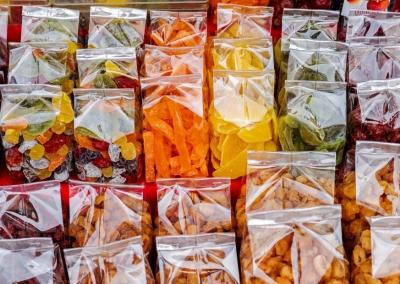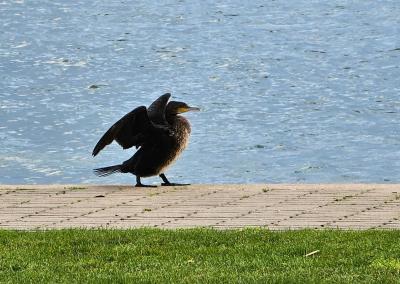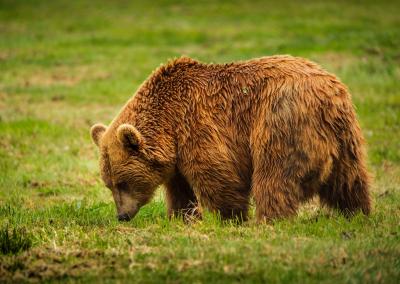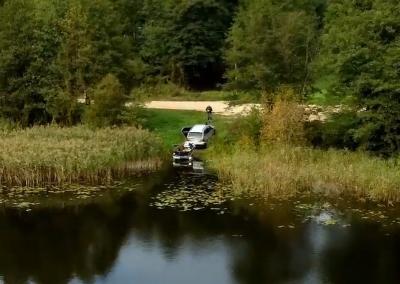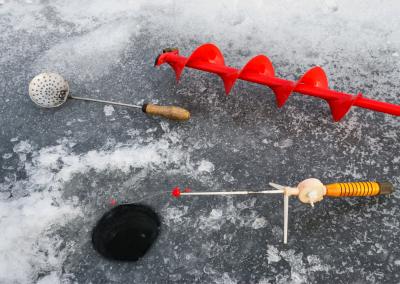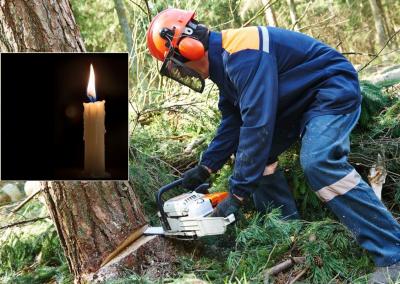Digging up flower bulbs after flowering. Storing bulbs. Tulips, hyacinths, daffodils, crocuses
Popular bulbous flowers (tulips, hyacinths, daffodils, crocus) require digging their bulbs out of the ground after flowering at the end of June/July/August. For bulbs to rejoice in the new season with rich and bright blooms, their excavated planting material needs to be properly taken care of. When and how to dig and store flower bulbs?
Digging and storing bulbs
It is difficult to find bulbs in the ground if you dig them late – in August/early September. Therefore, many experienced florists start digging the planting material - bulbs - as soon as the above-ground part of the tulips turns yellow (late June/early July). Digging at this time avoids bulb loss.
In order to preserve tulip bulbs dug in June for the long term, the first step is to sort the bulbs, separating the "babies" from the parent planting material. The bulbs should then be dried for 2 to 3 days in the shade, out of direct sunlight.
The well-dried planting material will then need to be cleaned of excess shells and roots and left in a pink solution of potassium permanganate for at least half an hour. At the end of all the procedures, the tulip bulbs are stored. This should be in a cool dry room with good ventilation. Tulip bulbs can be stored for several months before planting in the autumn if they are properly cared for.
Digging and storing hyacinth bulbs
The annual digging of hyacinth bulbs for storage before planting is best done in mid-summer. By this time, the hyacinths will have finished flowering and their leaves will have wilted. After digging up the hyacinth bulbs, they should be washed in running water to make it easier to see and weed out poor quality specimens.
The hyacinth bulbs should be allowed to dry for a few days in a darkened place with good ventilation before being placed in the boxes. You should then clean them of their shells and remaining roots and pack them in boxes, containers, paper or cloth bags. The planting material should be stored for the first 1-1,5 months in a low humidity room at a temperature of 23-25°C. After 1-1.5 months, move the hyacinth bulbs to a room with a temperature of 17°C or less for storage.
Digging and storing hyacinth bulbs
Unlike tulips and hyacinths, daffodils can grow for quite a long time in one place (up to 5 years). A sign that it is time to dig up their bulbs is the luxuriant growth of the daffodil clump, often accompanied by poor flowering or even a complete absence of flowers and a reduction in flower size. Daffodil bulbs should be dug after the leaves have wilted, around the end of July/beginning of August.
When the bulbs have been dug out from under the ground, they are gently shaken free of adhering clods of soil and dried. The best place for drying would be the attic – it is relatively warm and dry, with no direct sunlight and good ventilation. Narcissus bulbs should be stored here for 2-3 weeks, after which damaged and diseased specimens should be discarded and healthy ones treated with a potassium permanganate solution.
Good planting material should be stored in a ventilated room with a maximum humidity of 80% and a temperature of about 17°C until the next planting in the ground.Digging and storing crocus bulbs
Crocus can grow in the same place for up to 5 years, after which it is advisable to dig up the bulbs and divide them. Otherwise, excessive accumulation of bulbs in the soil may affect the quality and quantity of the crocus. Digging up crocus bulbs can be done throughout the summer until September (as soon as the leaves have turned yellow).
The excavated planting material should be cleaned of soil and dried for 2-3 days. The bulb roots and waste shells should then be removed and any damage found should be treated with a potassium permanganate solution. Selected quality crocus planting material should be stored in a cool room until planting in the ground.
General advice for all bulbous flowers: it is recommended that the bulbs of tulips, hyacinths, daffodils and crocus be slightly hardened off before planting at a temperature similar to that outside. This procedure will help the plants to adjust more quickly, adapt, overwinter easily and germinate smoothly in spring.

